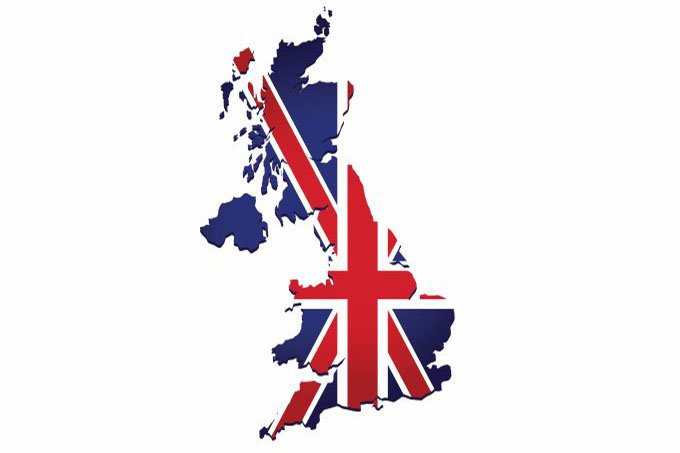 According to the UK’s Office for National Statistics, the GDP in the UK fell by 1.5% in quarterly terms, against expectations of a 1.6% decline and the previous reading of 1.3%. In monthly terms, the GDP rose by 2.1% in March, higher than expectations of 1.4% and the previous month's 0.7% increase.
According to the UK’s Office for National Statistics, the GDP in the UK fell by 1.5% in quarterly terms, against expectations of a 1.6% decline and the previous reading of 1.3%. In monthly terms, the GDP rose by 2.1% in March, higher than expectations of 1.4% and the previous month's 0.7% increase.
The ONS also reported that manufacturing production rose by 4.8% in yearly terms, higher than expectations of 3.7% and the previous month’s 4.2% contraction. In monthly terms, manufacturing production went up by 2.1% after increasing by 1.5% in the previous month and surpassed expectations of 1%.
Industrial production rose 1.8% (month-on-month), higher than expectations of 1% and the previous month’s 1%. In yearly terms, industrial production gained 3.6%, higher than expectations of 2.9% the previous month’s 3.5% decline.
Those figures are being considered an "impressive result", taking into consideration that there have been few changes in the lockdown restrictions. They are also being linked to an expansion in the construction sector, mostly driven by a surge in house building.
"The burst of growth in March shows that the recovery has been gathering momentum more quickly than we had thought and suggested that the risks to our forecast for the economy to return to its February 2020 level by the end of 2021 are to the upside," commented an analyst at Capital Economics, adding that the current reopening process will probably help the GDP expand between 3 and 3.5 percent.
Since the beginning of the pandemic, 4,439,691 COVID-19 cases have been reported in the UK, as well as 127,629 deaths. The UK is one of the most affected countries in Europe, only surpassed by France, which has so far reported 5,800,170 COVID-19 cases since the beginning of the pandemic, including 106,935 deaths.
By 11:03 GMT, the British pound went up by 0.01% against the US dollar, hitting the 1.4143 level.

